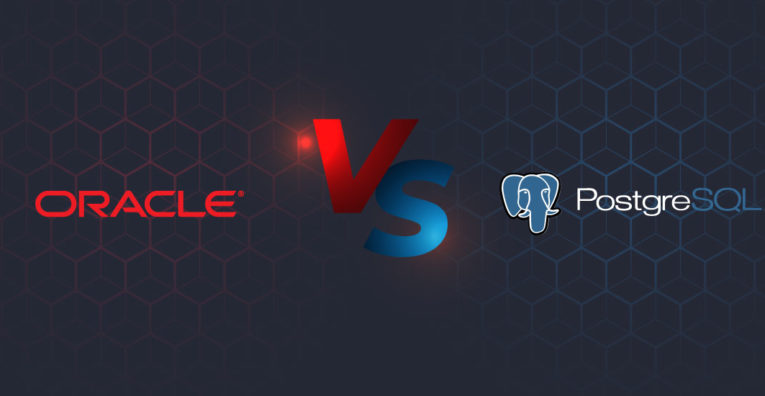Glossary > SQL Source Control
In the US alone, thousands of businesses use SQL Server as their primary database platform. To keep track of changes to their databases and ensure that data accuracy is consistent across all environments, many companies rely on a process called SQL source control.
SQL source control is a system that allows you to manage your SQL code files and track changes made to them. This can be extremely helpful if you are working on a team project or need to keep track of changes made to your codebase over time.
In this blog post, we will discuss what SQL source control is and how you can use it to improve your workflow.
Read on to learn more about SQL source control and its importance.
What is SQL Source Control?
SQL Source Control is a system that enables your database development to be version controlled. This means you can keep track of the changes made to your codebase and roll back any unwanted changes if necessary.
It also allows for collaboration between team members, as each member can see the exact changes made by the other person.
To use SQL source control effectively, you need to set up a repository where all of your SQL code files will be stored. This will enable you to access them from anywhere with an internet connection.
You can then commit changes repository, making them visible to other users on your team. Additionally, some tools offer advanced features such as branching and merging, which allow you to work on multiple versions of your codebase without affecting the main branch.
How Is It Used?
SQL source control is increasingly used in businesses today, allowing for a streamlined workflow. When you have multiple people working on the same project, it can be challenging to track who made what changes. With SQL source control, all users can view the changes made and when they happened.
This makes it easier to coordinate with team members, ensuring that everyone is up-to-date on the latest codebase version. Additionally, using this system provides accountability as any user can easily see which person committed a particular change. This also means that if something goes wrong with your codebase, you will know precisely who was responsible for breaking it.
Moreover, having a version control system in place also allows for better organization of your database files. This makes it easier for your team to search for and locate specific code snippets, as well as track changes made over time.
Connected Development Model In SQL Source Control
SQL source control also offers a connected development model that ensures each user is using the same version of the code base. This means that changes made to one branch will be reflected in all other components, and any conflicts can be quickly resolved.
This is especially useful when working with large teams or with multiple versions of a project at once. It allows each team member to use their own local copy of the codebase and have it automatically updated whenever changes are made to the main branch.
Static Data Model In SQL Source Control
SQL source control is a process and system for tracking changes made to the structure of databases. It allows developers, database administrators, and other users to view how the database changes over time.
They can track or roll back any changes if necessary, as well as keep track of who made which changes in order to identify possible problems.
The main method used for SQL source control is a static data model known as the Schema Compare Tool. This tool takes two versions of a database schema. It compares them side-by-side to detect differences between them.
Once detected, it will output an operations log of all changes applied since the last comparison was made. In addition, it can also be used to generate scripts to update the schema. This is so that it can be easily deployed onto other environments.
Migrations In SQL
Migrations are another important component of SQL source control. Migrations ensure that any changes made to the database are kept in sync with the version stored in source control.
This allows multiple developers to make changes. They can do so without worrying about whether their code will still work in production.
It also makes it easier for teams to roll back changes if they need to. All migrations are stored in the version control system.
SQL Done Right
In summary, SQL source control is a powerful tool to help you better manage your database development workflow. It allows for collaboration between multiple users, keeps track of changes made to your codebase over time, and enables you to roll back unwanted changes if necessary.
If you are looking for an effective way to manage and track your SQL code files, then setting up an SQL source control repository may be the right choice.
Get in touch with us now to get started.




